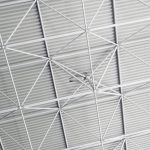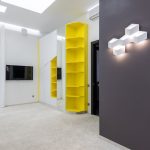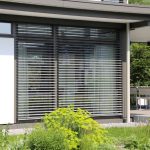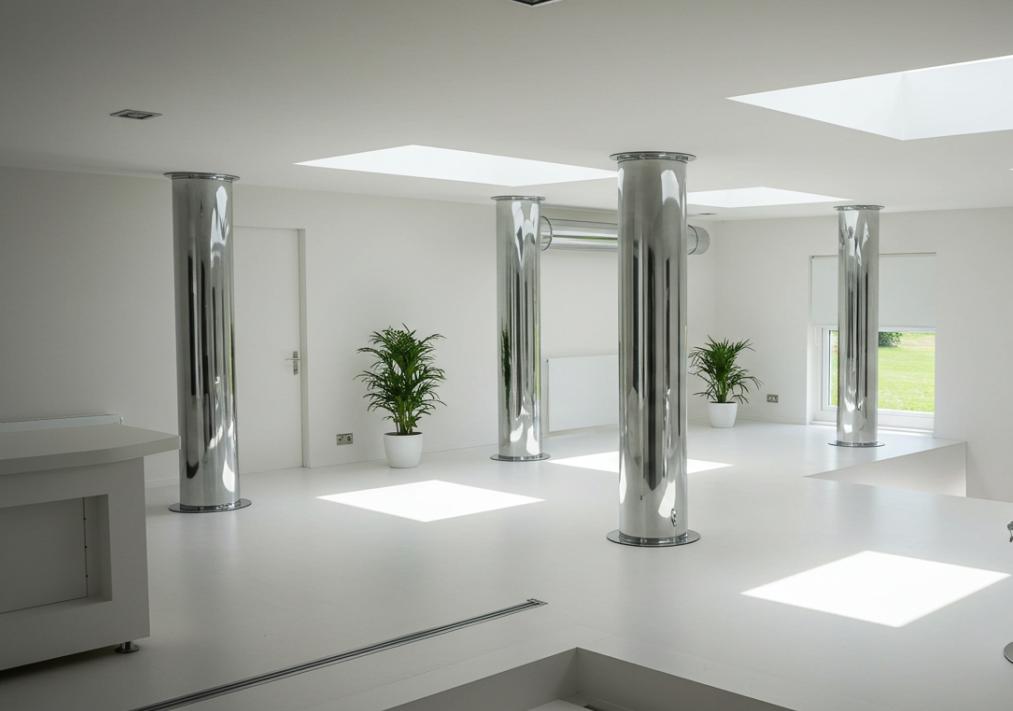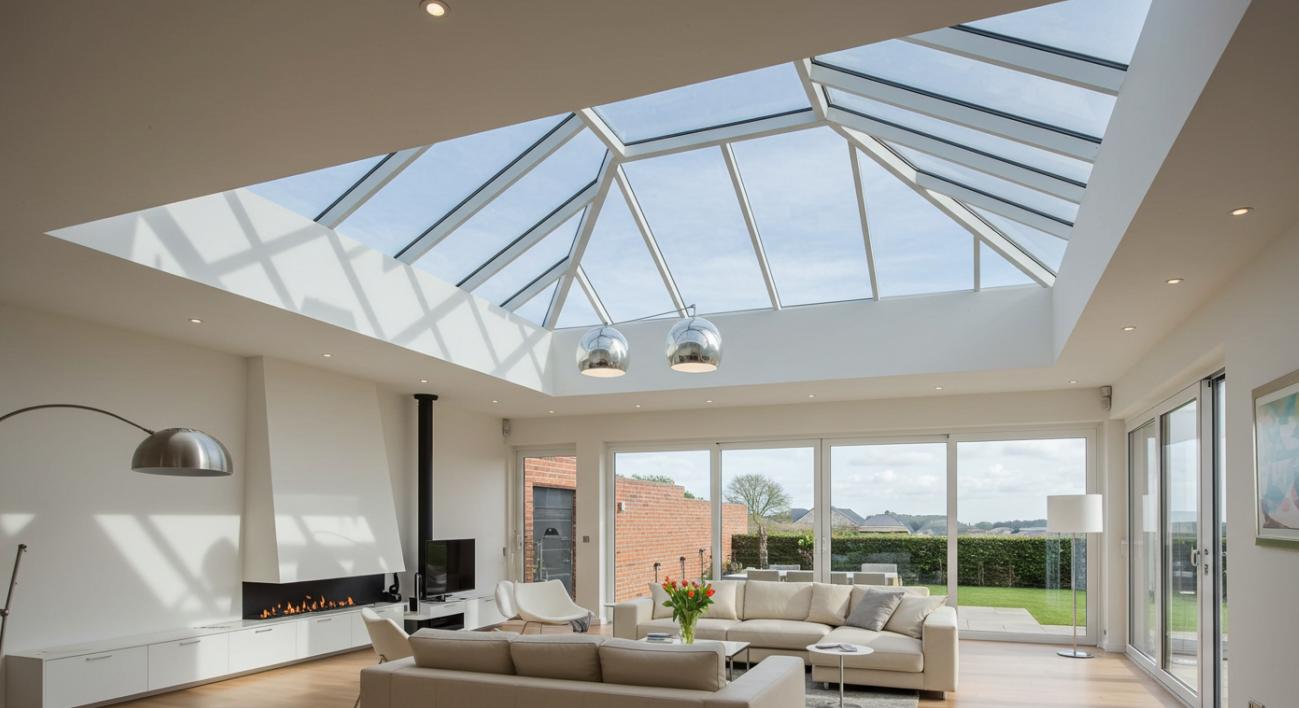
Installing skylights can bring natural light into your home, turning dark rooms into bright, welcoming areas. Research suggests that plenty of daylight at home can improve mood and productivity, making skylights a wise choice. However, before starting, it’s important to think about some key factors to ensure a successful installation.
Types of Skylights Available
Skylights vary significantly. Knowing the different types will help you select the best one for your home. Whether you need a fixed or venting model, your choice greatly affects the natural light in your living area.
Fixed Skylights
These stationary light sources cannot be opened and are ideal for living rooms where ventilation isn’t a primary concern. They provide consistent natural illumination while maintaining a sealed environment.
Vented Skylights
Featuring operable mechanisms for airflow, these skylights are perfect for kitchens and bathrooms where moisture control is essential. They combine natural lighting with ventilation capabilities.
Tubular Skylights
Compact and versatile, tubular skylights are excellent solutions for small spaces where traditional skylights won’t fit. They channel sunlight through a reflective tube to areas with limited ceiling access.
Curb-Mounted Skylights
Utilizing a box structure for installation, these skylights work particularly well with older homes. Their raised design helps with water runoff and creates a traditional aesthetic.
Deck-Mounted Skylights
With their low-profile design, these skylights integrate seamlessly into new constructions. They sit flush with the roofline for a modern, streamlined appearance.
 Choosing the Right Location
Choosing the Right Location
The placement of a skylight can alter both the light quality and heat gain in a room. Therefore, careful consideration of its location is crucial.
Understanding Sun Paths
The orientation of your home will dictate how much light your skylight receives. For instance, south-facing skylights provide ample light but can also increase heat. Conversely, north-facing options yield a consistent, diffused light throughout the day, ensuring comfort without overheating.
Avoiding Obstructions
When selecting a location, keep in mind structures such as trees or neighboring buildings that may obstruct sunlight. Ensuring an unobstructed path will maximize your skylight’s effectiveness and enhance your home’s illumination.
Roof Considerations
Your roof’s design and material play a significant role in the skylight installation process. Each type of roof requires specific methods to ensure a proper fit while preventing leaks.
Material Compatibility
Different materials, such as shingles, metal, or tiles, influence how a skylight can be integrated. Ensuring you follow the right installation techniques for your roof type is essential for maintaining its integrity and functionality.
Roof Angle
The angle of your roof also impacts the installation. Steep roofs may require different flashing and sealing methods compared to flat roofs. Addressing these factors can prevent issues like leaks down the line.
Energy Efficiency Matters
Skylights can enhance natural light in your home, but they can also impact your energy efficiency if not chosen wisely.
High-Quality Options
Investing in high-quality skylights with energy-efficient features is vital. Look for options with double or triple glazing to enhance thermal performance, ensuring your home stays comfortable regardless of the season.
Insulation and Sealing
Proper insulation and sealing around skylights are crucial to prevent drafts and heat loss. This not only enhances energy efficiency but also protects your home’s interior from potential damage due to moisture buildup.
Professional Installation is Key
While some may consider a DIY approach for skylight installation, it is best to leave this task to professionals. A trusted installation team can mitigate risks and ensure a seamless, effective integration.
When hiring a contractor, investigate their experience and qualifications. Look at their customer reviews online, and ask about their warranty policies to ensure you are partnering with a trusted expert.
Professional installers follow a series of critical steps to ensure the skylight is added correctly. This includes creating an airtight seal, installing waterproof barriers, and properly flashing to minimize leak risks. Hasty or improper work can lead to extensive damage in the future.
Maintenance and Care
Once your skylight is installed, understanding how to maintain it is key to its longevity. Regular upkeep will ensure your investment continues to illuminate and add value to your home.
Routine inspections should include checking for any signs of leaks or wear around the seals, flashing, and frames. Cleaning the glass will help maintain optimal light transmission while preventing buildup that could impact aesthetics or function.
In areas with significant temperature changes, condensation can become an issue. Selecting a ventilated skylight can help mitigate this, as it allows for airflow, reducing moisture-related problems.




